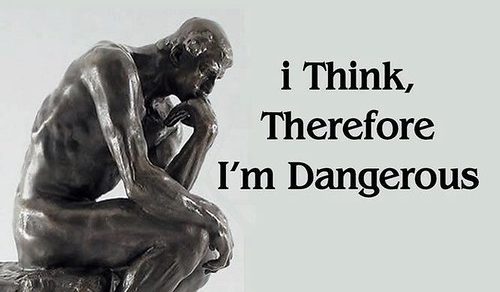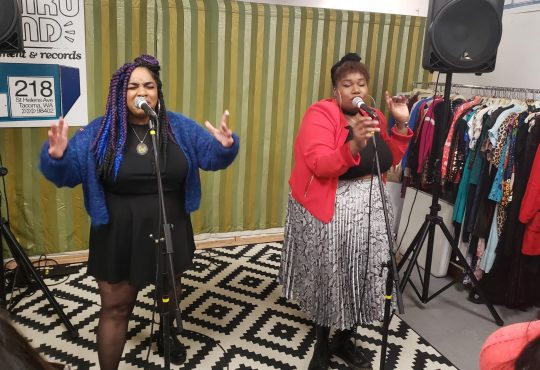Recently, the Washington Board of Education released a report that showed that students in the Tacoma school system are facing what Deputy Superintendent Carla Santorno calls an “achievement gap.” Paul Schrag, a reporter for the Weekly Volcano, acts on behalf of the students, calling for student involvement in the decisions made in the school system. Well, duh!
Honestly, if the students are not interested by the material, why would they bother to be engaged? Some people say that school does not need to be something students enjoy; it just has to be something that they do. For our satisfaction-oriented generation, however, this no longer holds true. Students need to be engaged by what they are learning in school, or achievement gaps, such as the one in Tacoma, are going to become even more common.
As college students, there are specific things from our high school experiences that we can point to and say “there was no reason for me to learn that.” Even when we were in school, we knew which things made it hard to learn certain bits of material, or if we did learn it we knew that it did not have any major relevance on what we planned to do for the rest of our lives. Students have something that the Board of Education lacks: firsthand, everyday experience in the modern school system.
Students know what is not working for them. Instead of having distant adults who take surveys and make assumptions on data decide how the system works best, ask the students. Make adjustments for each individual person.
One of the problems that the Board is focusing on now in Tacoma is the racial inequality in scholastic achievement, particularly for African-American students. However, this is not to say that all African-American students are failing. The school board looks at this as proof that black students need help. There are some African-American students who are excelling in school; we should not be so quick to assume that race is the cause of these problems. Every person has a different issue they need to face, and if it is something the school can help with, then they need to know how to do that.
Do not look at problems as race-based. There may be a statistical difference in the percentage of white students versus black students who are struggling, but that should not affect how students are treated. Racism is not always an intentional choice to hurt someone. According to dictionary.com it is “a belief… that inherent differences among the various human races determine … individual achievement.” The paternalistic attitude of the school board is well intentioned but misdirected.
Take the students who are suffering school-wise, whether they are black or white, and ask them what is not working for them! They know what needs to be changed.
The Board can make a thousand choices based off of assumptions and data, or we can go straight to the source. Unless we change the system of adults telling kids what is wrong and how to fix it, how about we let the reverse happen. Let the students say what they need help with. Open a discussion between those who make decisions and those who have to live with those decisions.






